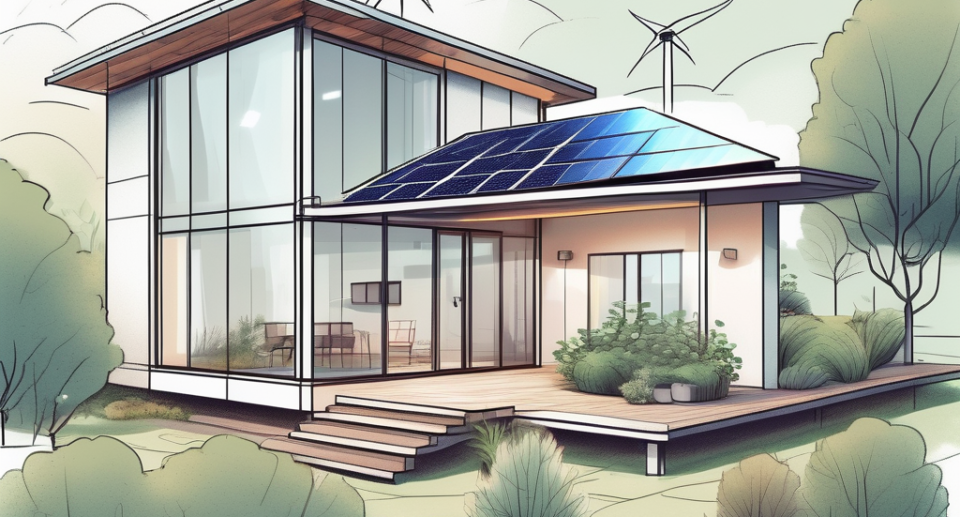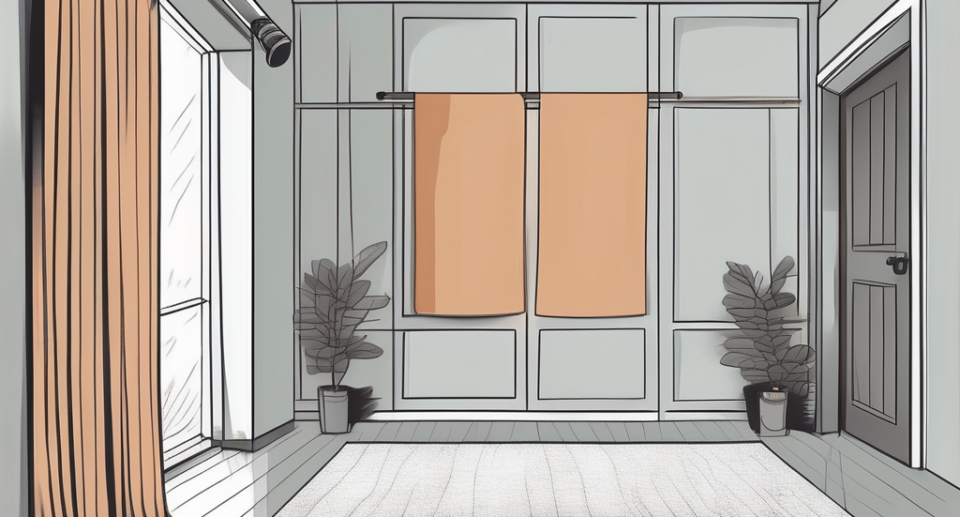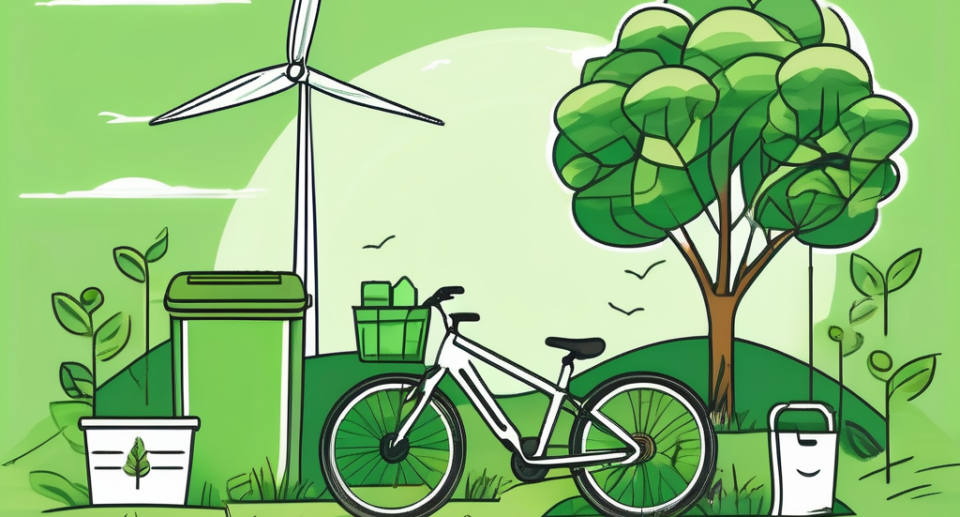10 Eco-Friendly Tips to Reduce Energy Consumption in Your Home

In today’s world, where environmental sustainability is a pressing concern, finding ways to reduce our energy consumption is essential. Not only does it help protect the planet, but it also allows us to save money on our utility bills. With that in mind, here are 10 eco-friendly tips to help you reduce energy consumption in your home.
Energy-Saving Hacks for a Greener Home
Reducing energy consumption doesn’t have to be complicated. By making a few simple changes in your daily routine, you can make a significant difference. Let’s explore some of the easiest and most effective ways to save energy:
Simple Changes That Can Reduce Your Energy Consumption
Start with the basics – turn off lights when you leave a room, unplug electronics when they’re not in use, and avoid leaving appliances on standby mode. These small adjustments may seem insignificant, but over time, they can add up to substantial energy savings.
But did you know that there are other ways to reduce energy consumption that you may not have considered? For instance, adjusting the temperature on your thermostat by just a few degrees can make a noticeable difference. Lowering the temperature in the winter and raising it in the summer can help you save energy and reduce your utility bills.
Another simple change is to switch to energy-efficient light bulbs. LED bulbs, for example, use significantly less energy than traditional incandescent bulbs and have a much longer lifespan. By replacing your old bulbs, you can reduce your energy consumption and lower your carbon footprint.
Maximizing Natural Light in Your Home
A cost-effective and environmentally friendly way to reduce energy consumption is to maximize the use of natural light in your home. Open your curtains and blinds during the day to let the sunlight in. This not only brightens up your living space but also eliminates the need for artificial lighting during the day.
If you don’t have sufficient natural light in some areas, consider installing skylights or solar tubes. These additions can bring in more natural light, reducing your reliance on electric lights and decreasing your energy consumption.
Furthermore, did you know that the positioning of furniture and the color of your walls can also affect the amount of natural light in your home? By arranging your furniture in a way that allows light to flow freely and choosing light-colored paint for your walls, you can enhance the natural light in your living space and reduce the need for artificial lighting.
So, the next time you think about saving energy, remember that it’s not just about turning off lights and unplugging electronics. There are numerous ways to make your home more energy-efficient, from adjusting your thermostat to maximizing natural light. By implementing these simple changes, you can contribute to a greener environment and enjoy the benefits of reduced energy consumption.
Exploring Sustainable Energy Options for Your Home
While implementing simple energy-saving hacks is a great starting point, exploring sustainable energy options for your home can take your eco-friendly efforts a step further.
Harnessing the Power of Solar Energy
One of the most popular sustainable energy options for homeowners today is solar power. Installing solar panels on your roof allows you to harness the sun’s energy and convert it into electricity. By utilizing solar power, you reduce your reliance on traditional energy sources and decrease your carbon emissions.
But did you know that solar energy has been used for centuries? Ancient civilizations, such as the Greeks and Romans, were known to use solar power to heat their homes and water. They built their houses in a way that maximized exposure to the sun, allowing them to enjoy the warmth and comfort it provided.
Today, solar power technology has come a long way. Modern solar panels are made of photovoltaic cells that convert sunlight into electricity. These panels are designed to be durable and efficient, with a lifespan of up to 25 years. With advancements in technology, solar panels have become more affordable and accessible to homeowners.
Depending on your location and energy consumption, installing solar panels can be a significant investment. However, over time, the savings on your energy bills can offset the initial costs. Additionally, various government incentives and tax credits are available to make solar power more affordable.
The Benefits of Wind Energy for Residential Use
Another sustainable energy option worth considering is wind energy. Wind turbines, whether small-scale or large-scale, can generate electricity from the power of the wind. While not as common as solar power for residential use, wind energy can be an effective way to reduce energy consumption, especially in areas with consistent wind patterns.
Did you know that wind energy has been used for centuries as well? The earliest recorded use of wind power dates back to ancient Persia, where windmills were used to grind grain and pump water. Over time, windmills evolved and were used for various purposes, including sawing wood, milling flour, and even generating electricity in the late 19th century.
Today, wind turbines are designed to be efficient and environmentally friendly. They are often installed in windy locations, such as coastal areas or open plains, where the wind speed is consistently high. The spinning blades of the turbine capture the kinetic energy of the wind and convert it into electricity.
Apart from the environmental benefits, wind energy can also provide long-term financial savings. As with solar energy, there may be government incentives and grants available to help with the installation and maintenance costs of wind turbines. Additionally, some homeowners choose to invest in community wind projects, where they can collectively own and benefit from the generated electricity.
Making a Positive Impact on the Environment, One Home at a Time
Reducing energy consumption in our homes is not only about saving money and reducing our carbon footprint, but it’s also about making a positive impact on the environment.
How Small Changes in Your Home Can Contribute to a Sustainable Future
By making small changes in our homes, we can contribute to a more sustainable future. Consider using energy-efficient appliances that have a high energy rating. These appliances are designed to use less energy while still providing the same functionality and convenience.
For instance, when it comes to your refrigerator, opt for one that has a high energy rating. This will not only keep your food fresh but also help reduce energy consumption. Additionally, consider using LED light bulbs instead of traditional incandescent ones. LED bulbs are not only more energy-efficient but also have a longer lifespan, reducing the need for frequent replacements.
Furthermore, insulating your home properly is a crucial step towards reducing energy consumption. Insulation helps keep the temperature inside your home stable, reducing the need for excessive heating or cooling. Proper insulation not only saves energy but also improves the comfort of your living space.
The Role of Energy-Efficient Appliances in Reducing Carbon Footprint
Investing in energy-efficient appliances is a smart way to reduce your carbon footprint. When shopping for new appliances, look for those with the ENERGY STAR label. These appliances meet strict energy efficiency standards set by the government and can significantly reduce your household’s energy consumption.
However, it’s not just the appliances that play a role in reducing your carbon footprint. Consider the energy efficiency of other household items as well. Take your heating and cooling systems, for example. By choosing a programmable thermostat, you can optimize the temperature settings and reduce energy waste when you’re not at home.
Moreover, don’t forget about your water heater. Opting for a tankless water heater can be a great energy-saving choice. Unlike traditional water heaters, tankless ones heat water on demand, eliminating the need for constantly keeping a large tank of water hot.
Lastly, even your electronics can contribute to a greener environment. When purchasing new electronics, look for energy-efficient models that have power-saving features. Additionally, remember to unplug devices when they’re not in use, as many electronics continue to draw power even when turned off.
Boosting Your Home’s Energy Efficiency with These Proven Tips
To further boost your home’s energy efficiency and reduce your energy consumption, consider the following tips:
Insulation and Weatherproofing: Key Steps to Lower Energy Consumption
Insulate your walls, attic, and floors to prevent heat loss during winter and heat gain during summer. Proper insulation helps create a more energy-efficient home by reducing the need for excessive heating or cooling. Additionally, weatherproofing your doors and windows can help seal any air leaks, further improving energy efficiency.
The Importance of Regular Maintenance for Energy-Saving Equipment
Regular maintenance of your energy-saving equipment is crucial to ensure optimal performance and maximum energy efficiency. Keep your heating and cooling systems clean and well-maintained, replacing filters as necessary. Also, schedule regular inspections of your solar panels or wind turbines to identify any potential issues and maintain their efficiency.
But did you know that there are other factors that can impact your home’s energy efficiency? Let’s explore a few more tips to help you create a greener and more energy-efficient home.
Smart Home Technology: A Modern Solution for Energy Efficiency
Investing in smart home technology can significantly enhance your home’s energy efficiency. With smart thermostats, you can easily control and schedule your heating and cooling systems, ensuring they only operate when necessary. Smart lighting systems can automatically adjust brightness levels and turn off lights when no one is in the room, reducing unnecessary energy consumption. Additionally, smart power strips can detect when devices are in standby mode and cut off power supply, preventing energy wastage.
Renewable Energy Sources: Harnessing the Power of Nature
Consider incorporating renewable energy sources into your home to further reduce your carbon footprint. Installing solar panels on your roof allows you to generate clean and sustainable energy from the sun. Similarly, wind turbines can harness the power of the wind to generate electricity. By utilizing these renewable energy sources, you not only reduce your reliance on fossil fuels but also contribute to a more sustainable future.
In conclusion, reducing energy consumption in your home is a worthy goal that benefits both the environment and your wallet. By incorporating these eco-friendly tips into your daily routine and exploring sustainable energy options such as smart home technology and renewable energy sources, you can make a significant difference in your household’s energy usage. Start small, and over time, make more substantial changes to create a greener and more energy-efficient home.

Hello, I’m Keith Jones. I’m the author and head of content here of door and window guide. I’ve been in the window and door industry for over 10 years in the UK and North America. I’ve had quite a few roles during my career mainly in Worldwide sales. I’m now semi retired so I thought I’d put my knowledge to good use educating people about all they might need to know about door and window related topics.






